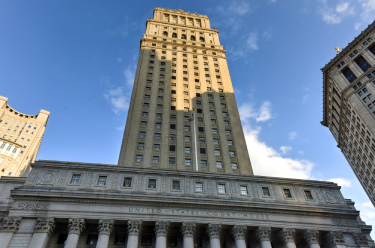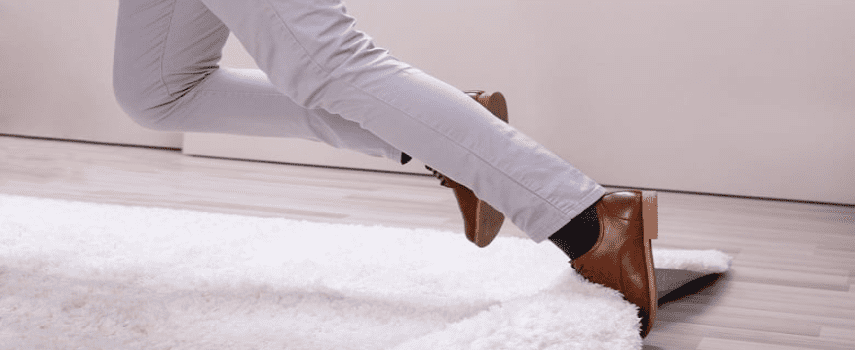Many trip and fall cases result in the injured plaintiff filing a lawsuit. For trip and fall cases in New York City, recovery will often hinge on the type of property adjacent to the sidewalk where the accident occurred. Specifically, the court will look to whether the owner of the adjacent land uses it for commercial purposes. Also, whether the owner lives in the building and whether it is a one, two, or three family structure.
How Abutting Properties Can Affect Trip and Fall Cases
For example, a woman suffered injuries when she tripped and fell on a defective sidewalk adjacent to a property in New York City owned by four individuals. The woman filed a lawsuit against the owners for her injuries. The property owners asked the judge to dismiss the case. The owners argued that, under section 7-210 of the Administrative Code of the City of New York (the Sidewalk Law), they were not liable for the alleged defect. The trial court granted the owners’ request and dismissed the trip and fall lawsuit. The injured plaintiff appealed to the Appellate Division.
New York City Administrative Code Section 7-210
On appeal, the Court explained that, in cases that result in a trip and fall lawsuit, Section 7-210 shifts liability for injuries resulting from defective sidewalks from the City to adjacent property owners. Property owners are liable for accidents caused by their failure to maintain the sidewalk. The property owner must keep the sidewalk in a reasonably safe condition.
However, the Court further noted that the owners of propertoes used only for residential purposes and occupied by up to three families are excused from this liability. The law contains this exemption for trip and fall cases due to the understanding that owners who have limited resources should not be liable for sidewalk maintenance and repair.
The Higher Court’s Decision

In this case, the Appellate Court agreed that the defendants’ property fell within the exemption. The property involved was a one-story building. One of the defendants lived in that home by herself. The family also used the building for storage of personal belongings. The owners did not use the building for commercial purposes. The Court acknowledged that a certificate of occupancy categorized the building for commercial use.
Also, that the prior owners had used the building commercially prior to 1993. However, the Court found that the defendants demonstrated that their use of the property was entirely residential at the time of the accident. Thus, the Court agreed that the defendants were exempt from liability under Section 7-210 in this trip and fall case.
In addition, the Court found that the defendants were not liable for the trip and fall accident under common-law principles. The Court found that the defendants established that they did not create the defective condition that caused the plaintiff’s accident. Therefore, the lawsuit was dismissed as there was no liability on the part of the defendants.




